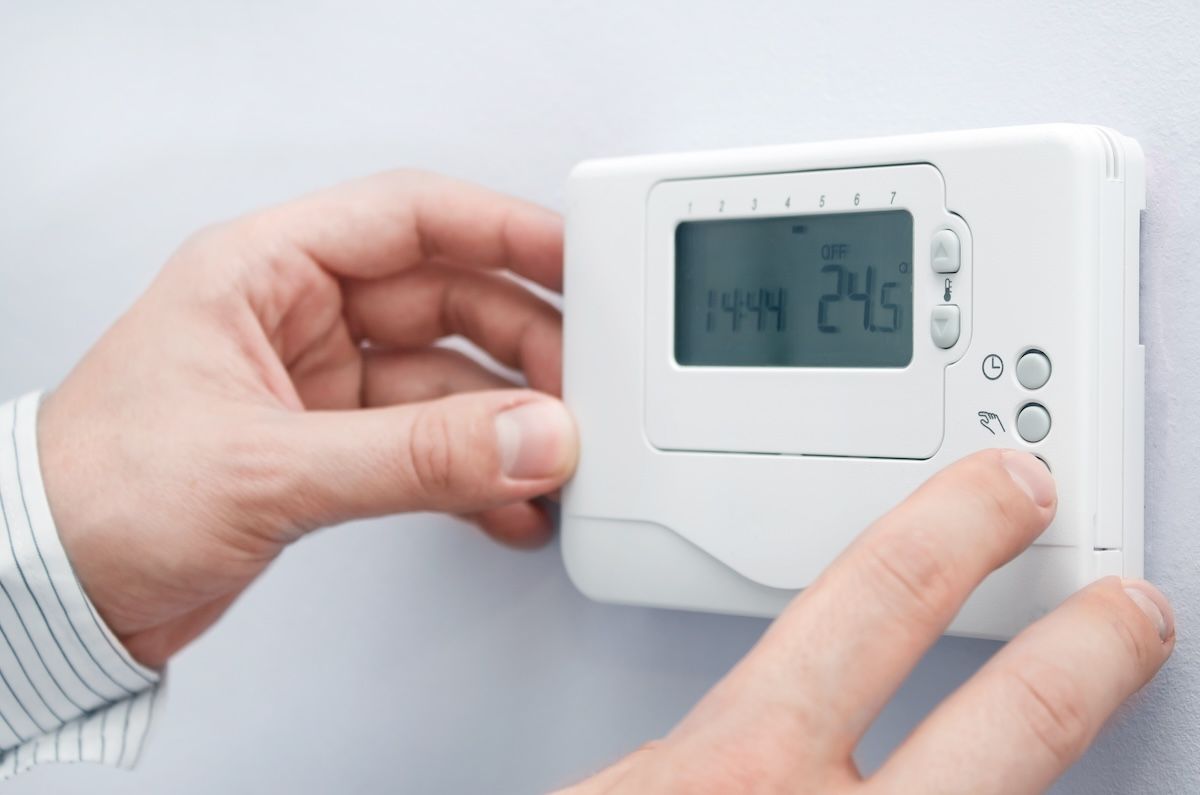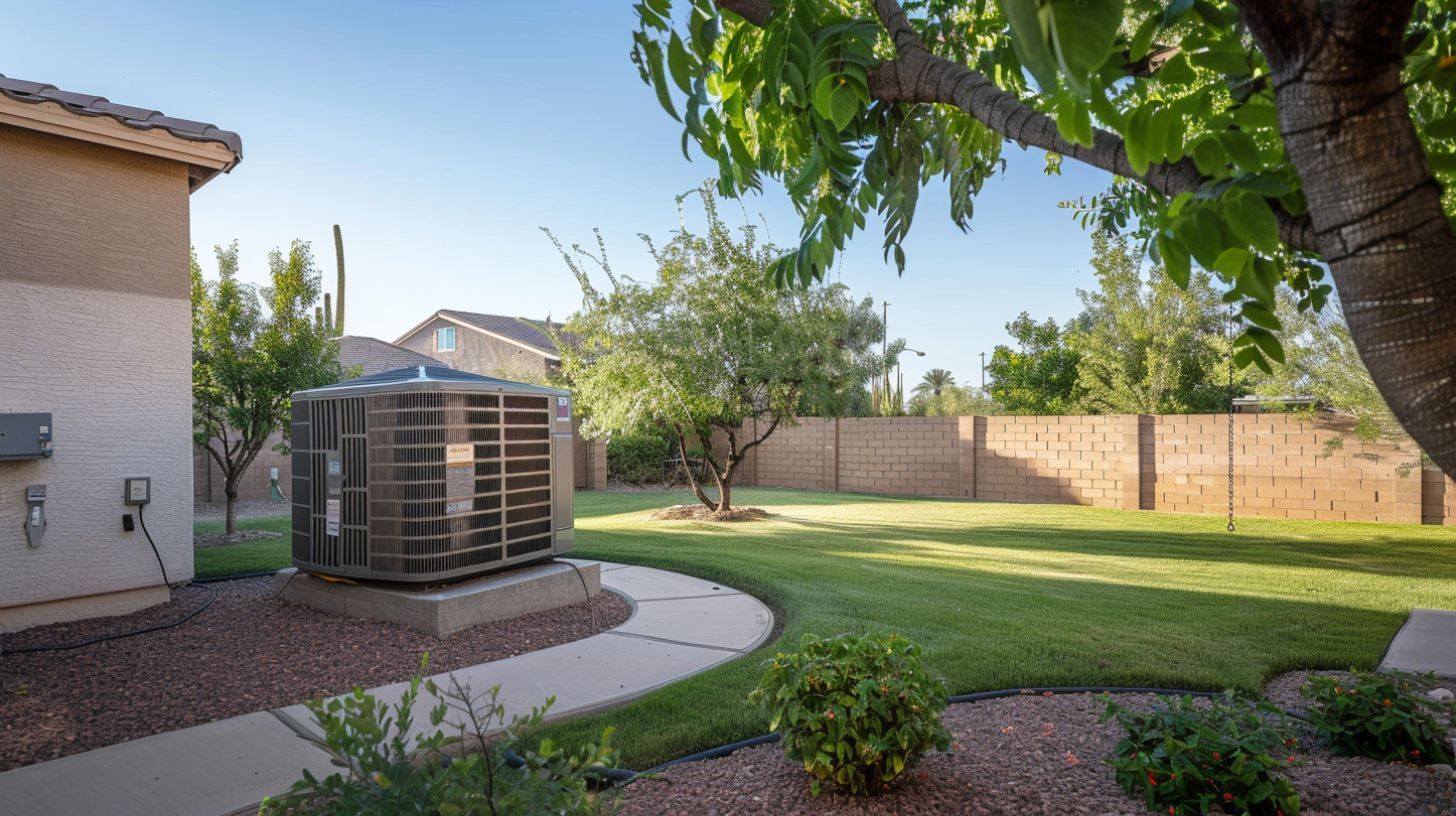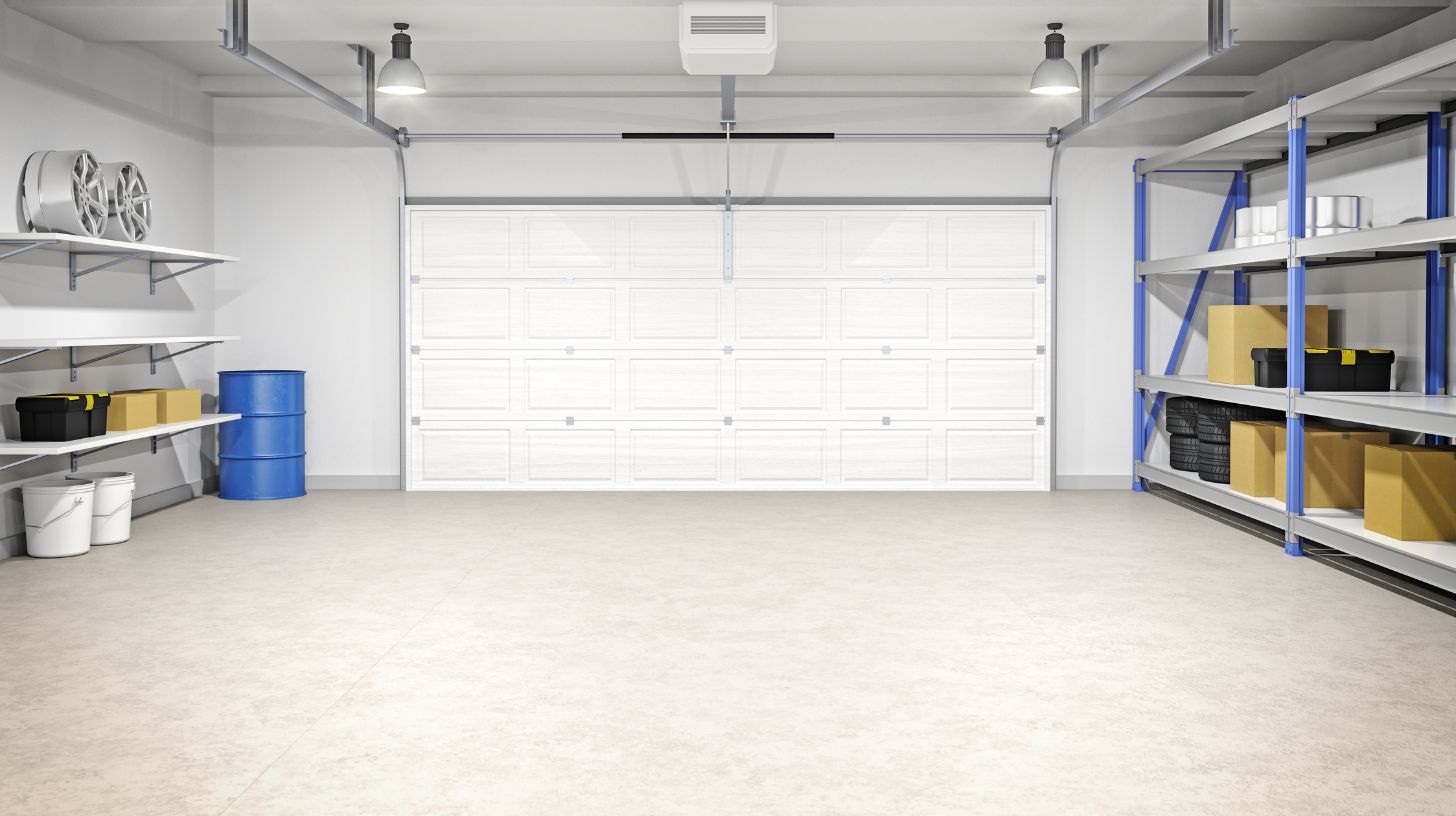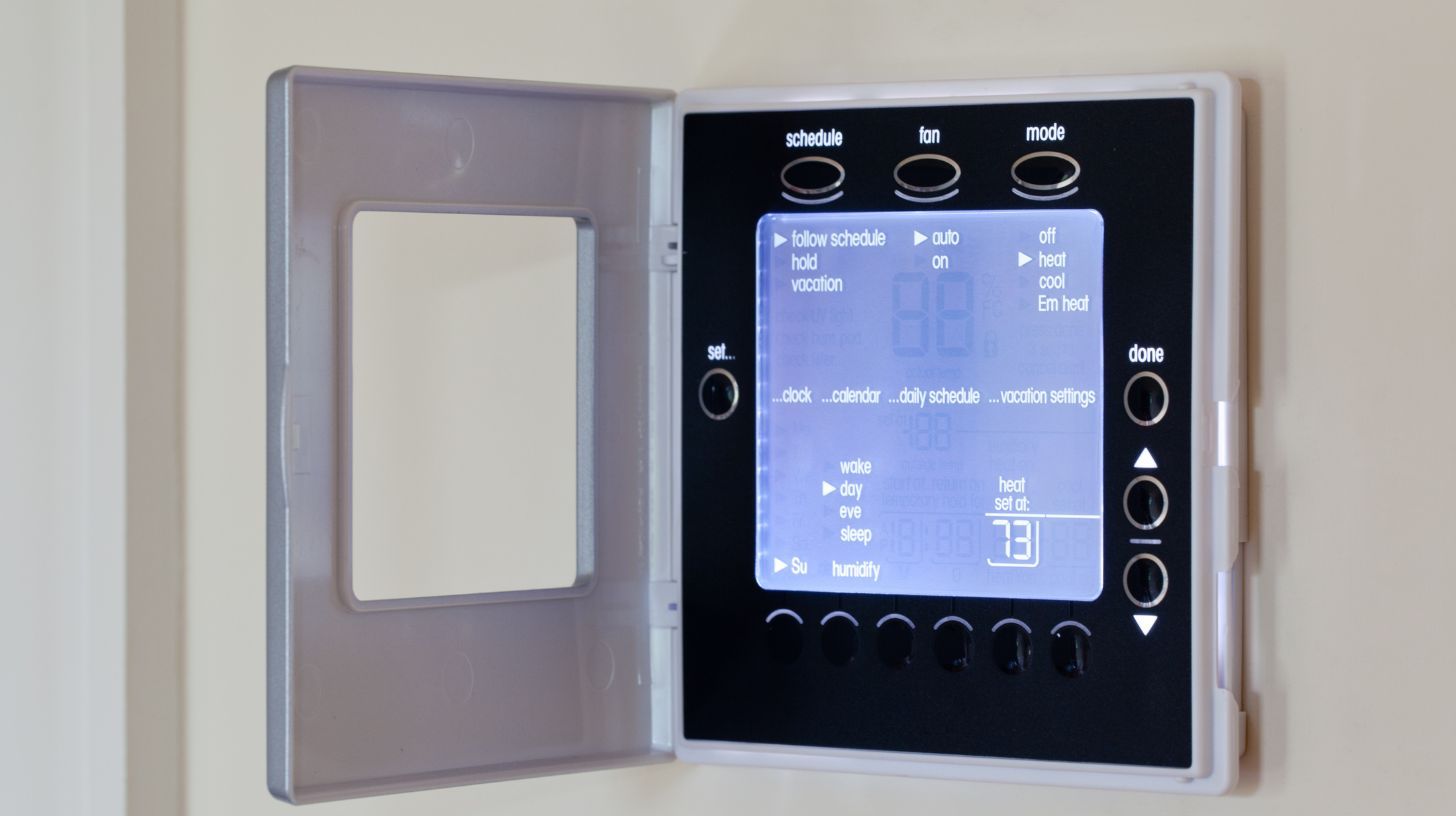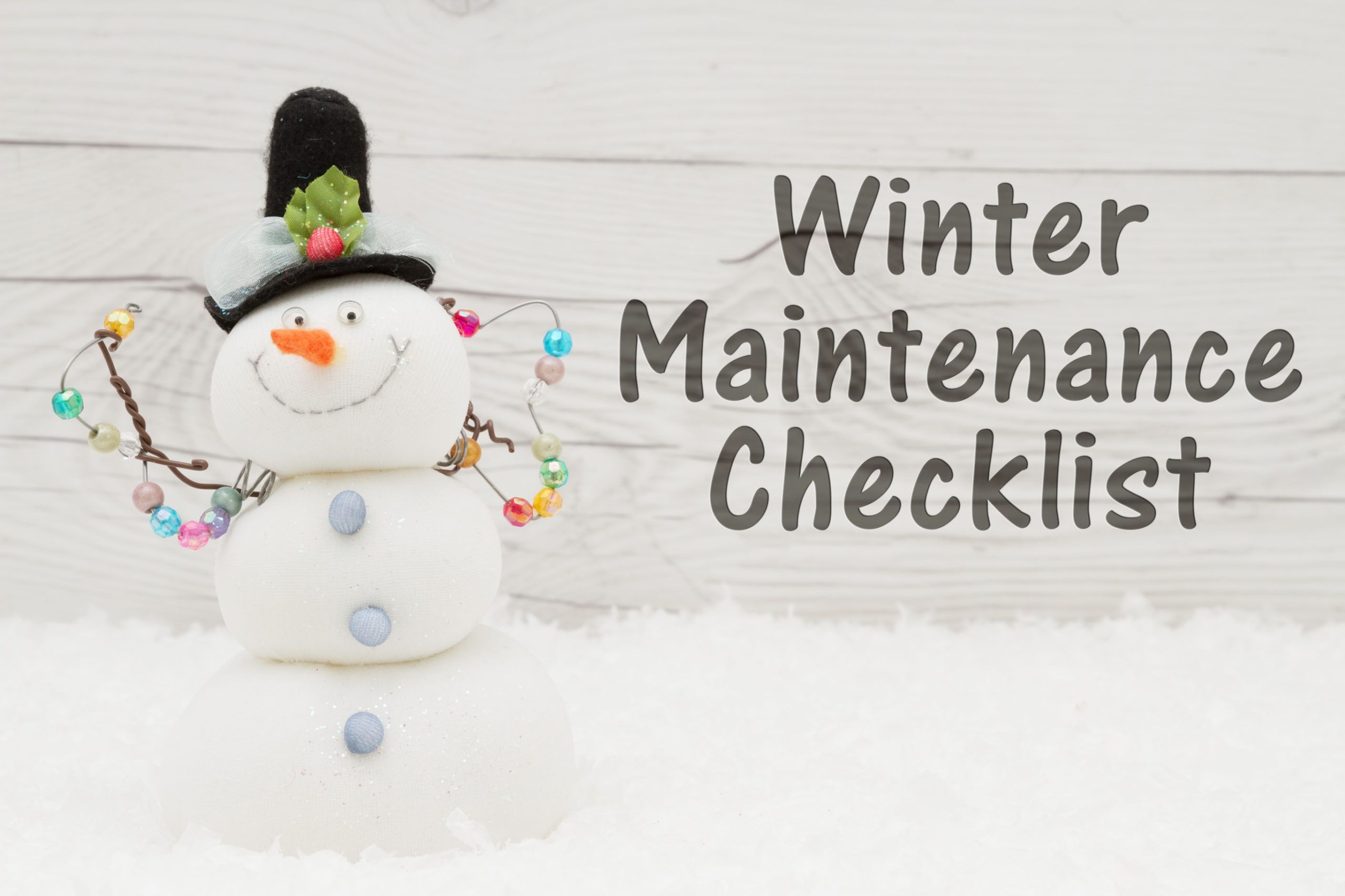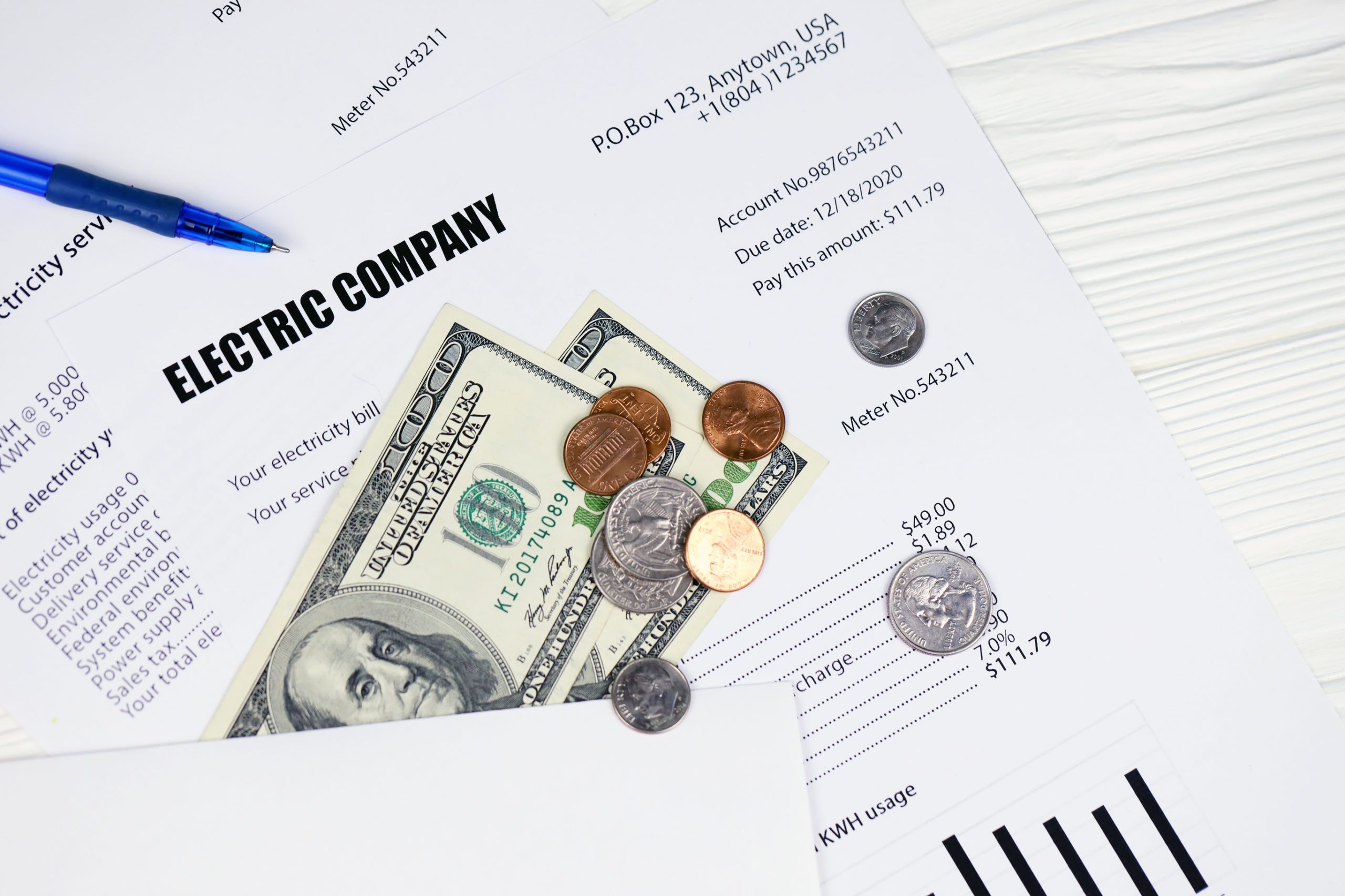The Benefits of Using a Smart Thermostat
When the seasons begin to change, you may find yourself having to repeatedly adjust your thermostat to keep your home comfortable. Setting your thermostat to different temperatures throughout the day can reduce your energy bills each month and help you save money. However, it can get tedious to manually change the temperature with a traditional thermostat.
Luckily, as technology continues to advance, we’re seeing the HVAC industry growing with it. Smart thermostats allow you to set your temperature for different times of day and program a specific schedule—but that’s not all they offer.
If you want to learn more about this new HVAC technology, you’ve come to the right place. Semper Fi Heating & Cooling is here to guide you on how smart thermostats work and the top 10 benefits of using one in your home.
How Smart Thermostats Work
Smart thermostats use sensors to monitor the temperature in your home and trigger the heating or air conditioning to maintain your set temperature. You can also program your smart thermostat to maintain different temperatures at different times of day, and the thermostat will learn your routine and make adjustments on its own.
Most smart thermostats connect to your home’s WiFi and allow you to adjust the temperature from an app on your phone. With this convenient feature, you can turn on the air conditioner on your way home from work so your home is nice and cool when you return.
10 Reasons to Upgrade to a Smart Thermostat in Your Home
What sets a smart thermostat apart from a traditional one? Upgrading your thermostat is an investment, and you want to make sure that investment is worth it. We’re here to provide the information you need to make an informed decision. Here are 10 reasons you should use a smart thermostat in your home and upgrade today.
1. Reduce Your Energy Costs
With the cost of everything on the rise, you want to save money where you can. Smart thermostats use machine learning to learn your routine and make adjustments to your thermostat setting throughout the day. It’ll look at the temperature outside, your normal temperature settings, and how long it takes to heat or cool your home. With that information, it’ll adjust the thermostat as needed.
Over time, this clever technology can reduce your annual energy costs by up to 8%, which quickly adds up.
2. Thermostat Adjustments Tailored to Your Schedule
Whether you work a 9 to 5 job or have a more flexible schedule, you can program your smart thermostat to match your schedule. During the summer, you can program your thermostat to keep your home a little warmer while you’re at work and then have the air conditioning kick in when you get home. That way, you always come home to a cool and relaxing environment.
A smart thermostat can also use movement sensors to determine your daily activity patterns and adjust your thermostat temperature accordingly. You don’t have to lift a finger to keep your home comfortable.
3. Improve Indoor Air Quality
Your HVAC system can improve your indoor air quality as it circulates air. Filters in your system catch dust, pollen, and other debris before it travels throughout your home. A smart thermostat can send you alerts to change your filters when they get too full, helping to keep your indoor air clean and dust-free.
A smart thermostat also has humidity sensors that read the humidity levels in your home. It makes adjustments on its own to help prevent mold growth or excessive dryness in your home.
4. Increase Your HVAC System’s Lifespan
Your HVAC system is a significant investment of your time and money, and you want that investment to last as long as possible. A smart thermostat can make minor adjustments to your settings that lessen the wear and tear on your unit, helping it to last longer. The less your system has to work to keep your home comfortable, the longer its lifespan will be.
As mentioned earlier, smart thermostats also send you alerts for routine maintenance services such as filter changes. These minor maintenance practices make sure your system is working properly and can catch potential issues before they become more serious.
5. Balance Comfort and Energy Savings
Saving money on your energy bills doesn’t mean you have to bundle up in the winter while you watch television on the couch. A smart thermostat allows you to customize your temperature settings for maximum energy savings without having to sacrifice your comfort. The thermostat will learn your routine and adjust the temperature to your liking while you’re home.
When you’re at work or away from home, your smart thermostat will adjust the temperature so your HVAC system doesn’t run as often. When you come home, the thermostat will automatically shift the temperature to your personal preference so you stay nice and comfortable.
6. Get Updates & Alerts
A smart thermostat is not only convenient, but it’s also a helpful tool. We mentioned earlier that your smart thermostat can send you alerts for routine maintenance services such as filter replacements, but that’s not all it can do. You can get alerts straight to your phone about:
- Sudden Power Outages
- Your Energy Use Habits
- System Failures
- And more!
7. Improve Your Home’s Resale Value
If you’re looking to sell your home, you may be looking into ways you can increase its value. A smart thermostat is an affordable investment that will make your home stand out on the market. Potential buyers will love the convenience and energy efficiency of a smart thermostat, which may make them more interested in your home.
8. Manage Your Settings on the Go
Smart thermostats connect to your home’s WiFi, so you can access your settings from the app on your phone or laptop. This means you can change the temperature in your home from anywhere. If you’re at work during the winter and want your home to be toasty when you get home, you can change the settings from your office before you start your commute home.
Whether you forgot to adjust the temperature before leaving for vacation or the weather takes an unexpected turn, you can just open the app and adjust your thermostat accordingly. This will save you money in the long run and prevent a massive energy bill when you get back from the beach.
9. Reduce Your Carbon Footprint
A smart thermostat is a great tool to help protect our planet! Since you use less energy, your home produces fewer emissions that could harm the environment. Not only do you save money, but you also save the environment. It’s a win-win!
10. Peace of Mind
No one wants to spend their time worrying about their HVAC system and whether their thermostat is working properly. As your thermostat gets older, the sensors can begin to fail, leading to increased energy use and an uncomfortable home. If your thermostat is getting older and starting to lose efficiency, it may be time for an upgrade.
With a smart thermostat, you get the peace of mind of a reliable system that will last for years. Many brands come with a warranty that ensures your new thermostat is protected in the event something happens.
Make the Upgrade to a Smart Thermostat Today

A smart thermostat makes adjusting the thermostat a breeze. You save money on your monthly energy bills without having to compromise your comfort. As technology continues to improve, the convenience of a smart thermostat pays for itself.
Ready to make the switch to a smart thermostat? Semper Fi Heating & Cooling will help you install your new smart thermostat and make sure it’s ready to go. If you already have a smart thermostat, we also offer repair services to keep your system running smoothly. Contact us today if you have questions or want to schedule an appointment with one of our HVAC experts.

